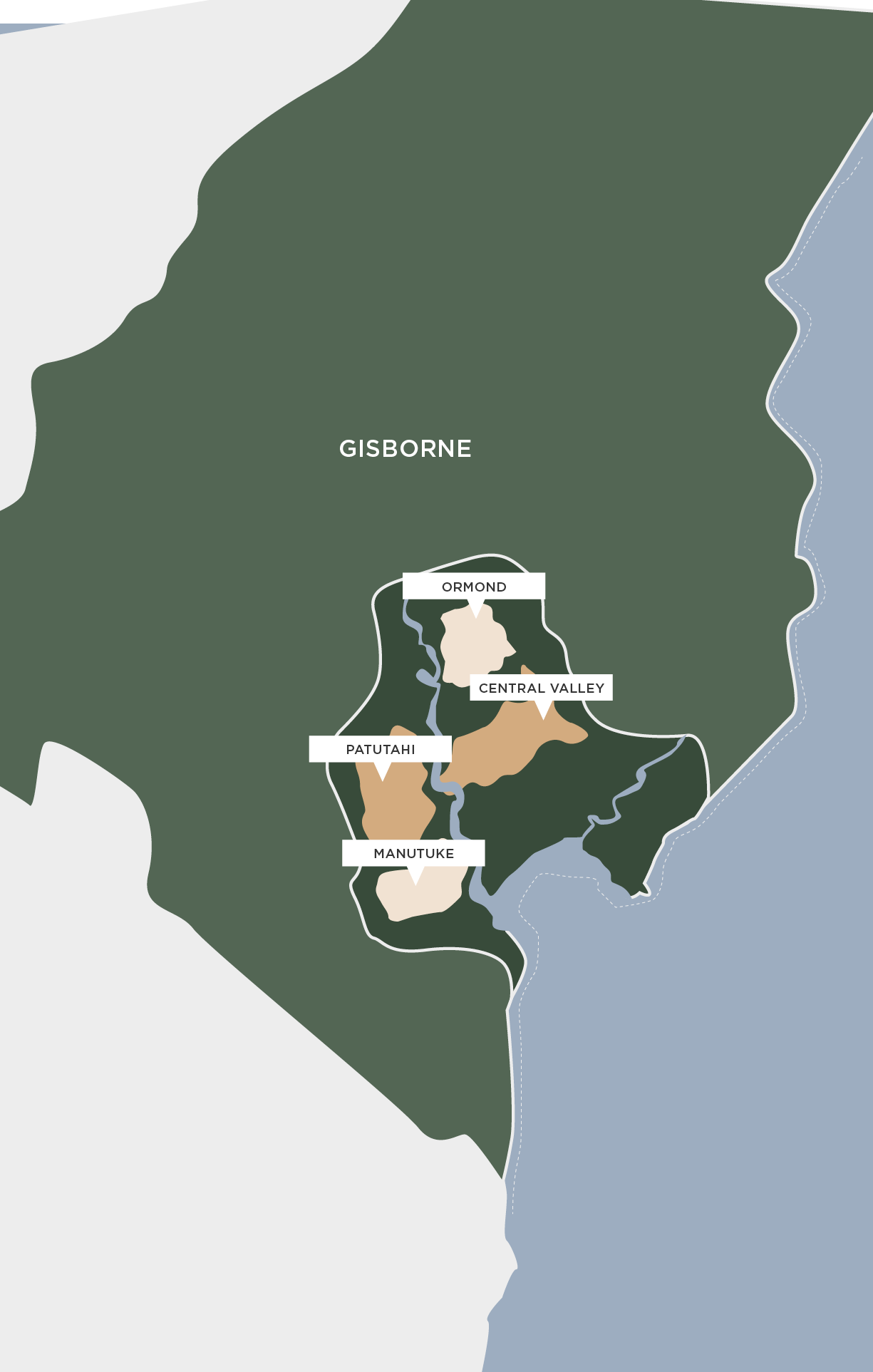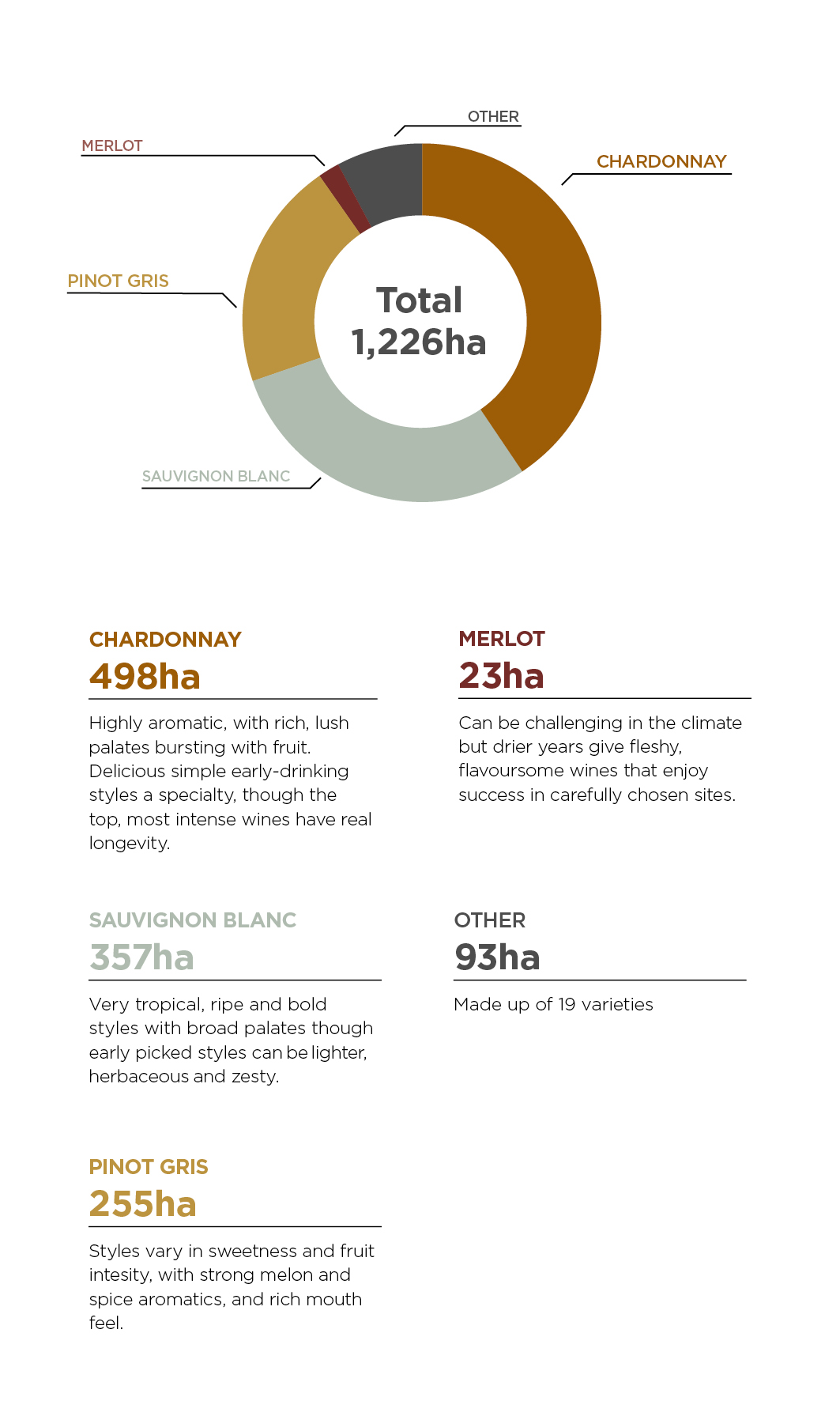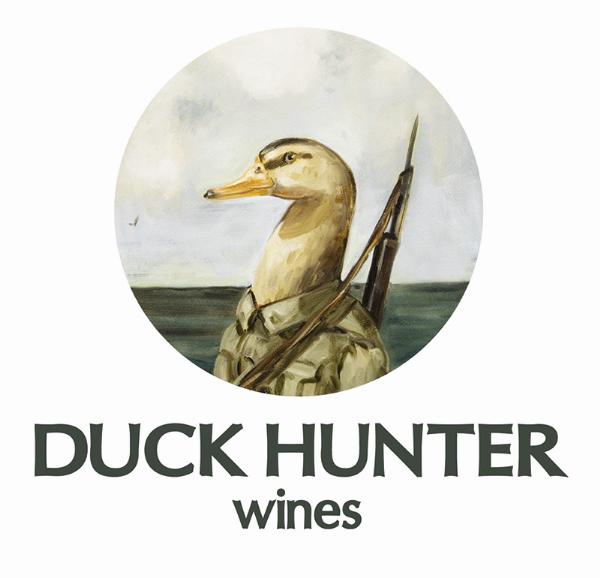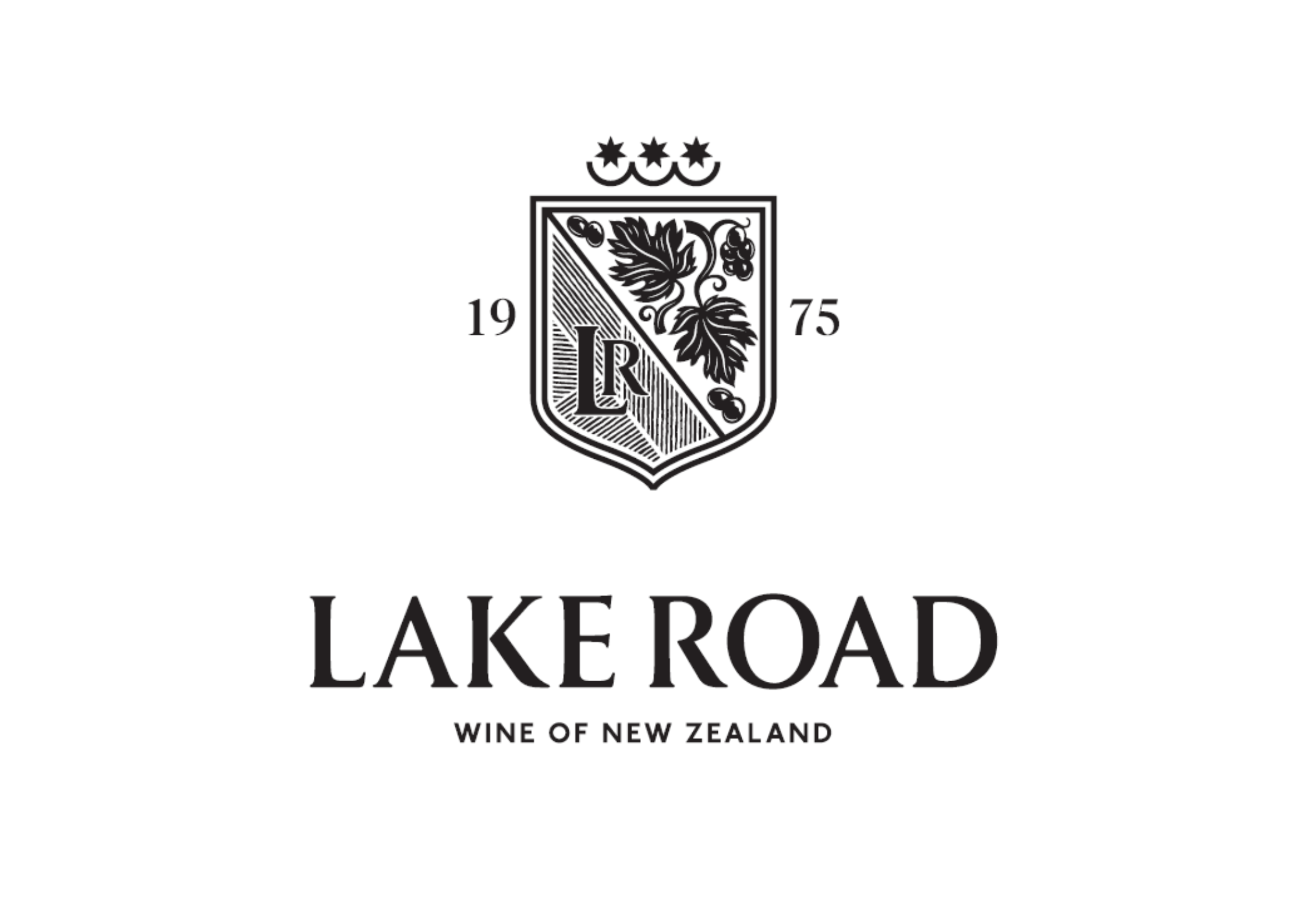Gisborne is home to a mix of large producers, boutique wineries, and entrepreneurial growers, who are continuously exploring new varieties and vineyard sites. A dynamic food and wine scene completes the picture.
Rich in history, Gisborne claims Captain Cook’s first landfall, as well as being the first place in New Zealand to see the sunrise.
Chardonnay is the dominant variety and enjoys great success, though a very wide range of red and white varieties are successfully established and new varieties are always trialled. Hillside land is being explored and matched with new varieties and clones; Gisborne’s renaissance is underway.
The mix of high sunshine, verdant landscapes, fascinating history and the exciting range of wine styles makes Gisborne a beguiling wine destination.

























